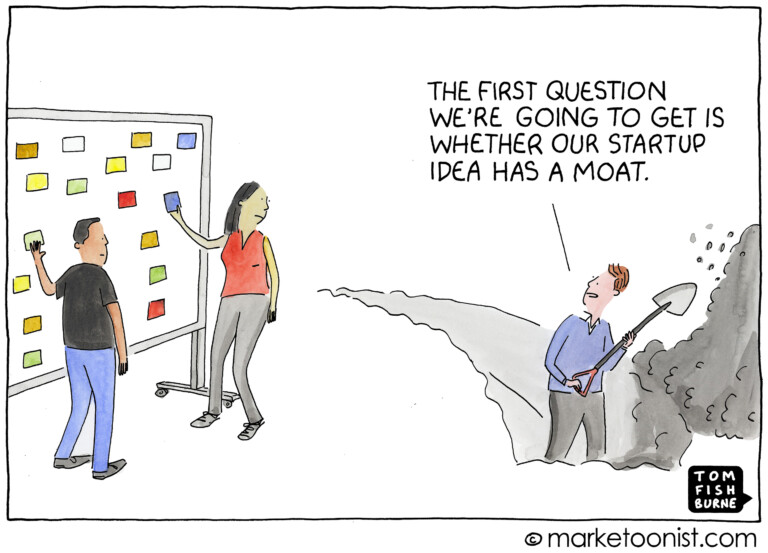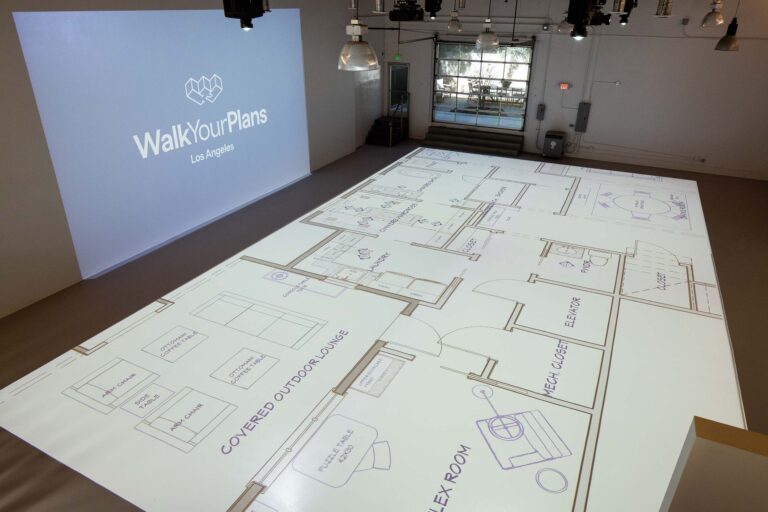Complexity is the marketing buzzards’ best friend…
…the less you know the more you need them…
…and it keeps you coming back for more shiny new objects.
With all of the technology, data, artificial intelligence, and precision targeting capability we have at our disposal – marketing has to be complex right?
Wrong!
My favorite quote of all time is by Leonardo da Vinci who put it best…
“Simplicity is the ultimate sophistication.”
Leonardo da Vinci
The truth is… people don’t believe in simplicity.
“Simple things are for simple people. I’m way smarter than that!”
What I’ve learned is that the world is littered with accidental brands – the ones who found success simply by showing up, over and over and over again.
If the fundamental purpose of advertising is to “get the word out,” create awareness, attention, and engagement…
…the mere act of showing up does that pretty darn well.
Here is the funny thing – even bad marketing and advertising, delivered on a consistent weekly schedule will work to some degree.
The degree of success is found in the margins – and treating people, like people.
Don’t try and sell, persuade, convince, and cajole…
…and don’t attempt to delight yourself by chasing shiny new objects into the marketing oblivion that tricks you into thinking you’re doing something clever.
You’re not.
The marketing fundamentals have not changed, and neither has the human condition.
And you can’t beat a game that doesn’t exist.
Marketing recently celebrated its 100th birthday, according to scholars who track these kinds of things.
Surely, after 100 years, we must have learned a few things.
Things that after years of spending hundreds of million dollars testing, failing, testing, succeeding, and testing again…worked!
It’s the “old school.”
And it requires planning, patience, persistence, and hard work,
Here, courtesy of the courageous and curious marketing legends of the past is your secret million-dollar “old school” marketing plan…
… find the smallest viable niche audience to serve…
…help the audience make their lives better in some way…
…leverage relevant media to build awareness and visibility…
…lead with value to earn attention, engagement, and trust…
…communicate with them frequently and consistently…
…build a reputation that precedes you in the market…
…so that you’re positioned as the most viable choice when it’s time to purchase.
And ALWAYS give more value than you receive in consideration so they’ll tell their friends about you, (the most potent advertising that exists.)
Notice the absence of new, innovative, ground-breaking, bleeding-edge, shiny new tech objects here?
The Media Vehicle
If you want to try to outsmart the marketing system and fail miserably in the process, skip the ‘old school” part, and instead focus on the “media vehicle.”
The digital ecosphere and online world we live in is an infinite highway that enables us to travel anywhere we want to in an instant.
The delivery vehicles for your advertising are everywhere online…
…eager to deliver your message and content to their captive audience…
…to encourage you to provide them free content and build your “own” audience” organically…
…to communicate with “all” of them…
…for a price!
Marketers are fixated on the vehicles…
…you may have heard of a few…
…Facebook, Instagram, Twitter, YouTube, TikTok, Pinterest, LinkedIn, Amazon, Google…
…and new vehicles are created all the time…
…heard of the latest sensation…Clubhouse?
What got lost along the way?
Pretty much EVERYTHING but the VEHICLE.
Sorry, didn’t mean to shout, but this is serious stuff with series marketing implications folks!
Remember, vehicles are only the delivery mechanisms for your message – they are a mode of transportation and distribution.
Among themselves, vehicles are not THE marketing strategy, only part of it.
Keep this in mind when you hear overzealous marketing buzzards yelling over the rooftops about the need to use every available media vehicle to scream your message.
Media vehicles work best when they are leveraged.
You create leverage when you go “old school” – see above.
Before you jump in another media vehicle – say this out loud to yourself…
…just because I can, doesn’t mean I should.
Thanks for considering,






